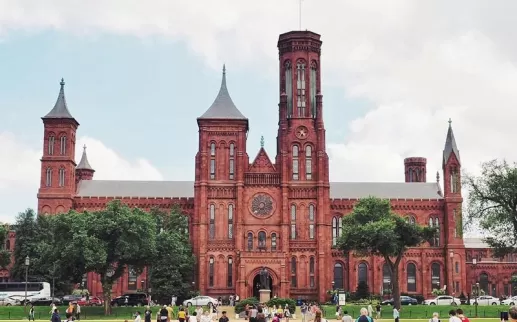President Donald Trump has renewed interest in reopening the infamous Alcatraz prison, a site that once held notorious criminals like Al Capone. His ambition to transform the historic landmark, which now attracts over 1.4 million tourists annually, into a facility for dangerous inmates has drawn both attention and skepticism. Experts are questioning the practicality of such an endeavor, highlighting the prison’s deteriorating condition and its historical significance as a national monument rather than a modern penal institution.
Alcatraz, situated in San Francisco Bay, has a storied past beginning as a military fort, morphing into a federal penitentiary in 1934, and finally closing in 1963 due to its high operational costs—nearly three times that of other federal prisons. Today, it operates as a museum, overseen by the National Park Service. Despite Trump’s assertion that Alcatraz embodies "law and order," many experts dismiss the feasibility of refurbishing the dilapidated facility.
Trump initially shared his sentiment on social media, emphasizing the need to address violent crime and promising to consider Alcatraz's potential as a prison. He acknowledged the site is currently in a state of significant disrepair, describing it as a "big hulk" that's "rusting and rotting." Nonetheless, his administration insists on entertaining ideas about reopening the prison to house what are referred to as “significant public safety threats.”
Historians and prison experts are quick to point out the impracticalities of this plan. Former Bureau of Prisons acting director Hugh Hurwitz described Alcatraz as a site that would require near-total reconstruction due to fundamental issues such as inadequate security and deteriorating infrastructure, including the complete lack of plumbing and sewage facilities. Similar sentiments are echoed by Alcatraz historian Jolene Babyak, who recalls the historical inadequacies in handling waste disposal for earlier inmates.
Considering the rising cost of incarceration—between $120 and $164 per inmate in contemporary federal facilities—reopening Alcatraz could escalate costs to over $500 per inmate. The physical condition of the buildings and the logistical challenges associated with water, electricity, and sanitation further jeopardize any practical ambitions for a modern prison on the island.
While the island continues to inspire intrigue, many remain steadfast in their belief that the proposal to reopen Alcatraz is a fanciful concept steeped more in political rhetoric than in logistical reality. In a context of rising crime rates and evolving prison systems, Trump's remarks seem to evoke more of a historical curiosity rather than a viable solution for contemporary issues. As the conversation around Alcatraz continues, experts stress that its preservation as a historic landmark is likely where its future lies.


















